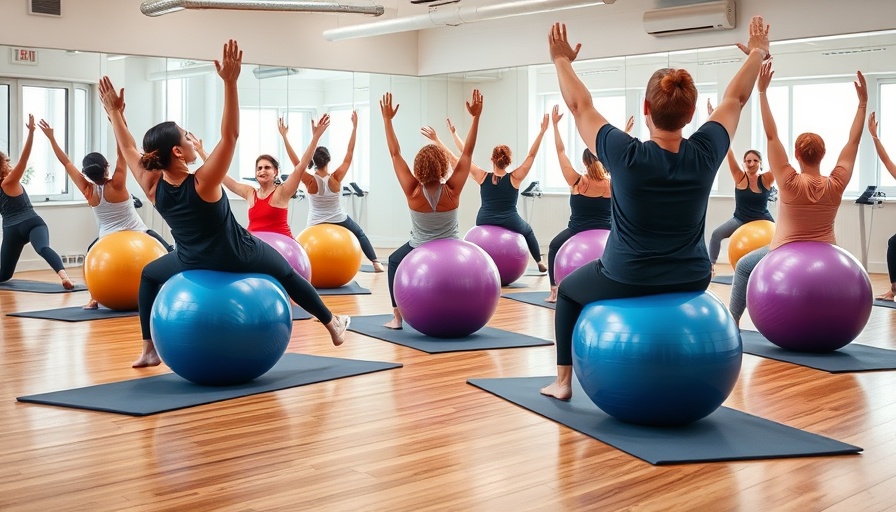
Rethinking Physical Wellbeing for Dentists
The dental profession is known for its demands on precision and skill, but the physical toll it takes on practitioners often goes unnoticed. Long hours spent in static positions can lead to significant discomfort, impacting both career longevity and quality of life. It’s time to shift the narrative: how can disciplines like Pilates be integrated into the dental landscape to combat these effects?
The Impact of Musculoskeletal Pain in Dentistry
According to recent studies, the challenges facing dental professionals are alarming. A staggering 70% of dentists report experiencing back pain, while nearly 50% endure lower back pain, with some describing it as severe. This statistic is compounded by concerns during dental training, where 79% of students experience neck or back pain. Such uncomfortable realities propel the conversation towards preventive care strategies.
A survey by Wesleyan Financial Services reveals that over 40% of dentists have had to take time off work due to musculoskeletal pain. Alarmingly, one in three practitioners indicates that this condition hinders their ability to perform effectively. Consequently, it becomes vital for dentists to consider approaches that enhance their physical wellbeing, leading us to Pilates.
How Pilates Addresses Dentists’ Unique Challenges
Chloe Barton, a Pilates instructor and sports massage therapist, outlines several key benefits of Pilates for dental professionals. “Pilates focuses on improving posture, strengthening core muscles, and encouraging mindful movement,” she explains. These elements are essential for dentists who continuously engage in posture-heavy tasks. Here’s how Pilates specifically helps:
- Strengthening Core Muscles: Core stability is paramount for maintaining proper posture throughout long procedures, alleviating stress on the neck and back.
- Improving Spinal Alignment: Pilates emphasizes spinal health and alignment, helping combat the negative effects of hours spent in awkward positions.
- Enhancing Flexibility: Increased flexibility contributes to improved movement and comfort, allowing practitioners to work more freely.
- Increasing Body Awareness: This fosters a deeper connection to the body’s mechanics, enabling dentists to engage in preventative strategies.
- Promoting Stress Relief: The breathing techniques practiced in Pilates offer valuable stress relief, crucial in a high-pressure environment like dentistry.
Future Implications: A Movement Toward Santé
As dentistry continues to evolve, so too should the strategies employed for maintaining physical health within the profession. Integrating Pilates not only addresses immediate concerns of musculoskeletal pain but also sets a precedent for a holistic approach to well-being in dentistry. This shift could lead to improved job satisfaction, retention, and quality of care among dental professionals.
Practical Implementation: Making Pilates Accessible
For busy dentists, finding time for additional fitness routines can be daunting. However, integrating Pilates can be done gradually:
- Start with short sessions of 10-15 minutes focusing on core-strengthening exercises during breaks.
- Explore online Pilates classes tailored specifically for professionals.
- Consider organizing small group sessions with colleagues to enhance motivation and create a supportive environment.
By prioritizing physical health through strategies like Pilates, dentists can safeguard their future and ensure their ability to provide optimal care for patients.
Concluding Insights: Why Every Dentist Should Embrace Pilates
The case for Pilates in the dental industry is compelling. Not only does it offer a proactive solution to the physical strains of the profession, but it also encourages a culture of wellness among healthcare providers. As the conversation around dentist health progresses, Pilates stands out as an invaluable tool in fostering resilience and enhancing the longevity of an enriching career.
Now is the time to prioritize your physical health! Consider exploring Pilates, incorporating it into your routine, and seeing the difference it can make in your working life. Remember, investing in yourself is investing in your career!
 Add Row
Add Row  Add
Add 




Write A Comment